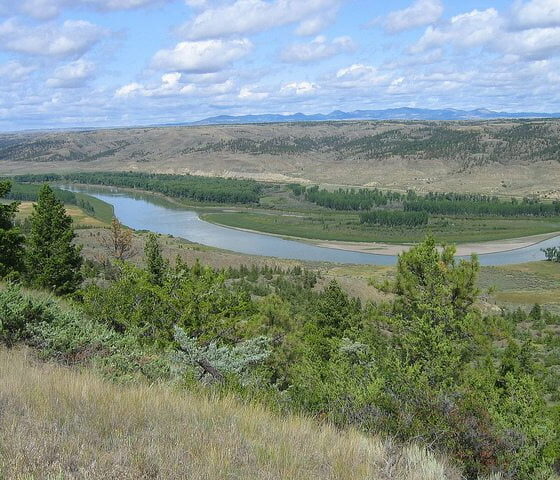

Environment
Climate change altered Missouri river’s flow, study suggests
The US longest river has had its stream flow change by climatic variations such as precipitation and temperature changes, with regions experiencing water shortages or flooding, a study by the US Geological Survey (USGS) has suggested.
The Missouri river is the longest river in the US, flowing east and south from Montana where it rises, for 2,341 miles. It plays a crucial role for the communities that depend on it for hydro energy, tourism and irrigation.
In addition to suffering from bad water quality because of excessive development, pollution and agricultural runoff, scientists have discovered that the river also had its stream flow altered by climate change.
Data collected by researchers has in fact shown that in the eastern part of the river’s watershed, which includes areas of North and South Dakota and Iowa, stream flows have increased, while decreasing in western Montana and Wyoming.
This means that while certain areas happened to be flooded, others suffered from water shortage. This will enormously affect farming activity that developed in the region, with climate change being blamed for changes in precipitation patterns that could have caused the alteration of the flow.
Mark Anderson, director of the USGS Water Science Center in South Dakota and one of the study’s authors said, “What is apparent is that the climate is changing and that it is being reflected in the stream flow conditions”.
Lead author and USGS hydrologist Parker Norton added, “The Missouri River and its tributaries are valuable for agriculture, energy, recreation and municipal water supplies.
“Understanding stream flow throughout the watershed can help guide management of these critical water resources.”
Photo: USFWS Mountain-Prairie via flickr
Further reading:
California drought: policymakers agree to tackle climate change to end extreme drought
Government must invest more in flood defences, say MPs
Reducing river pollution could offset some climate change impacts
Water levels decrease with more rain and less snow, says study


 Environment10 months ago
Environment10 months agoAre Polymer Banknotes: an Eco-Friendly Trend or a Groundswell?

 Environment12 months ago
Environment12 months agoEco-Friendly Home Improvements: Top 7 Upgrades for 2025

 Features9 months ago
Features9 months agoEco-Friendly Cryptocurrencies: Sustainable Investment Choices

 Features11 months ago
Features11 months agoEco-Friendly Crypto Traders Must Find the Right Exchange




























